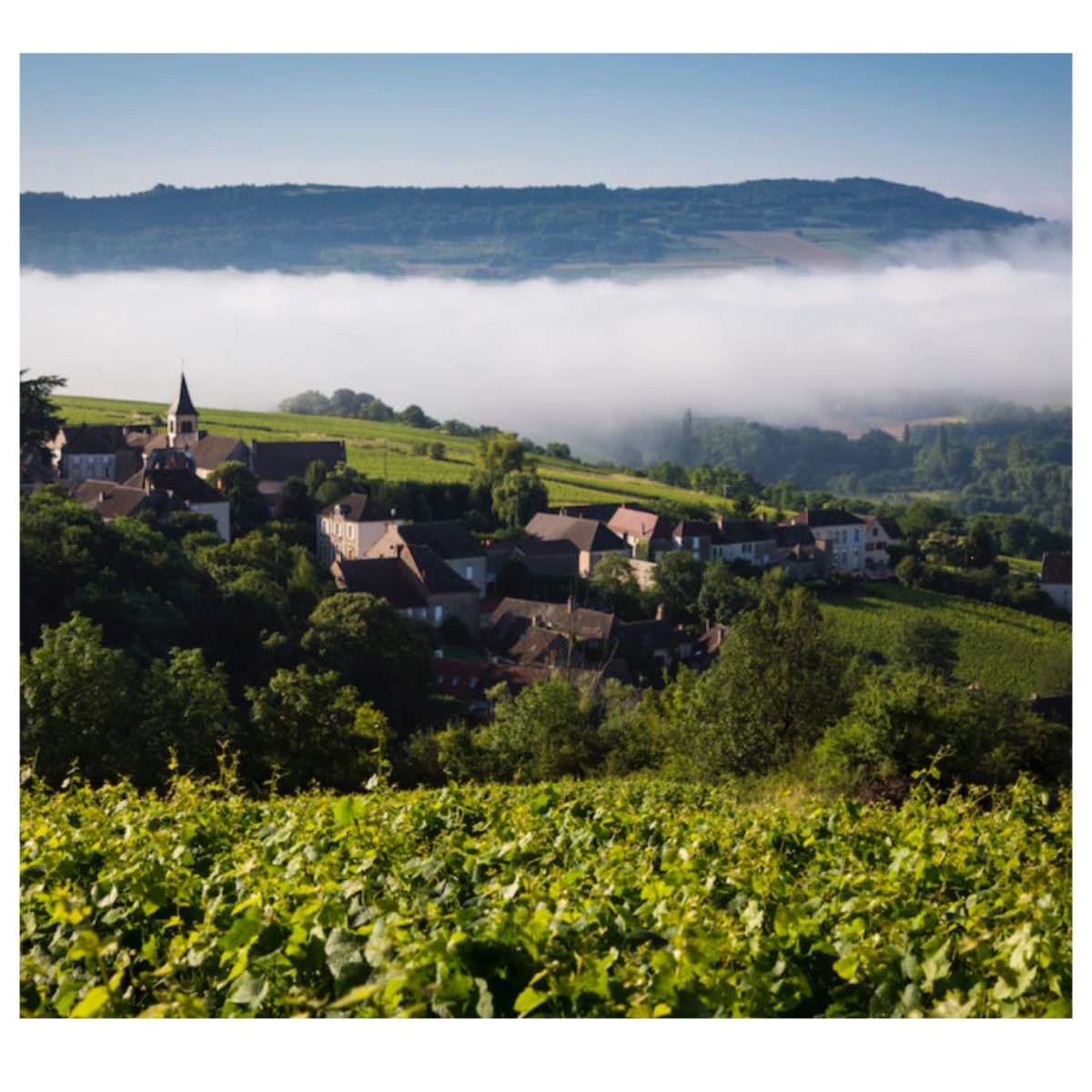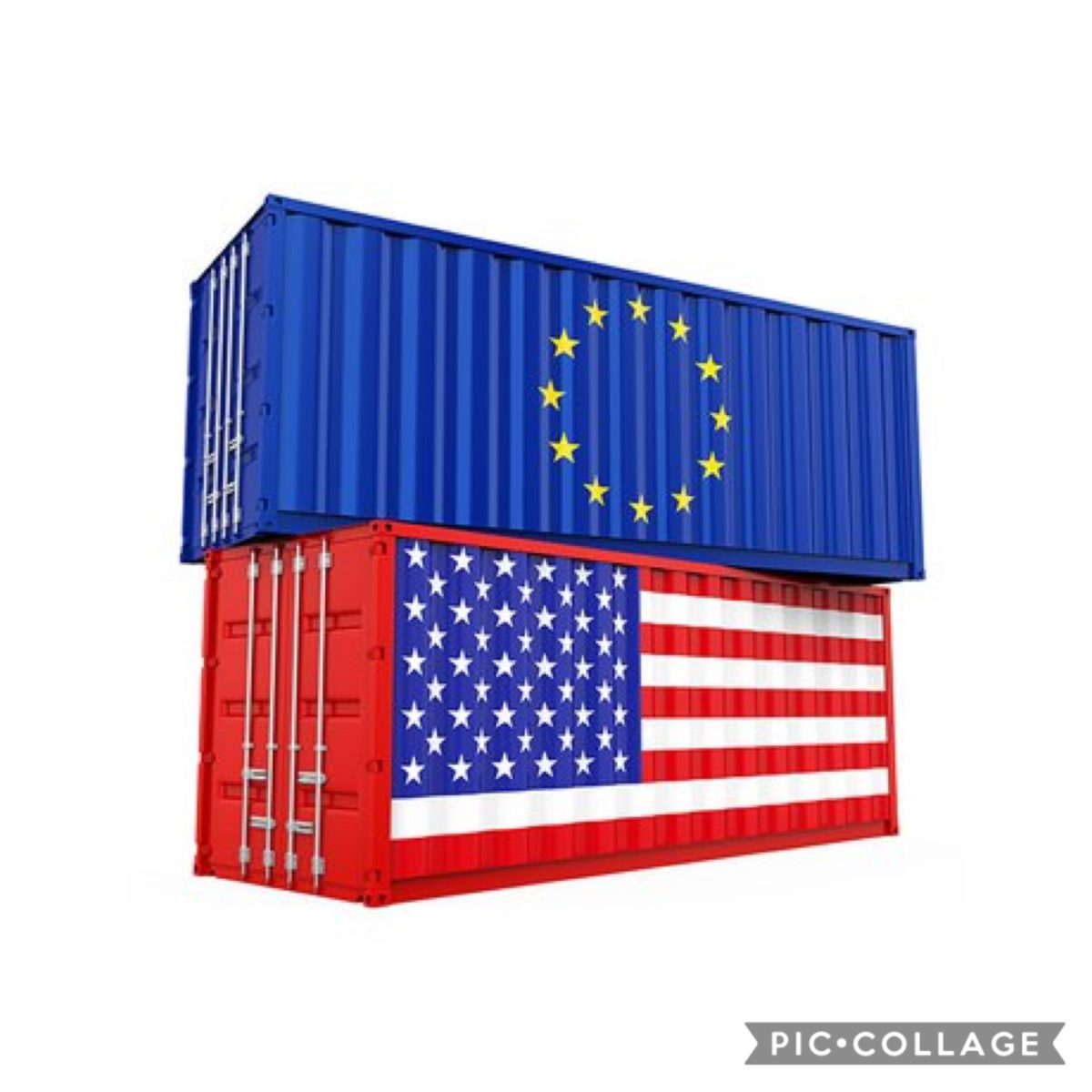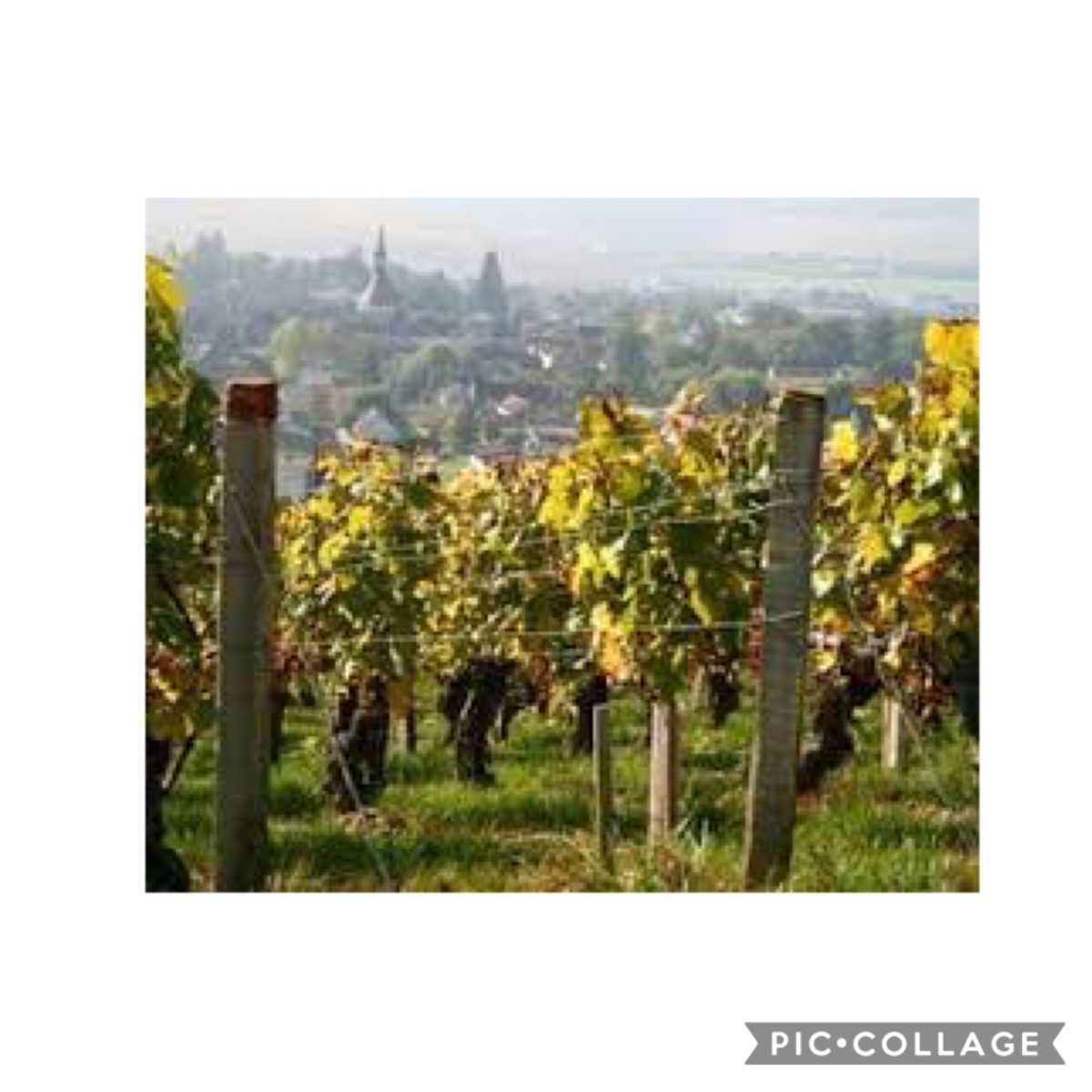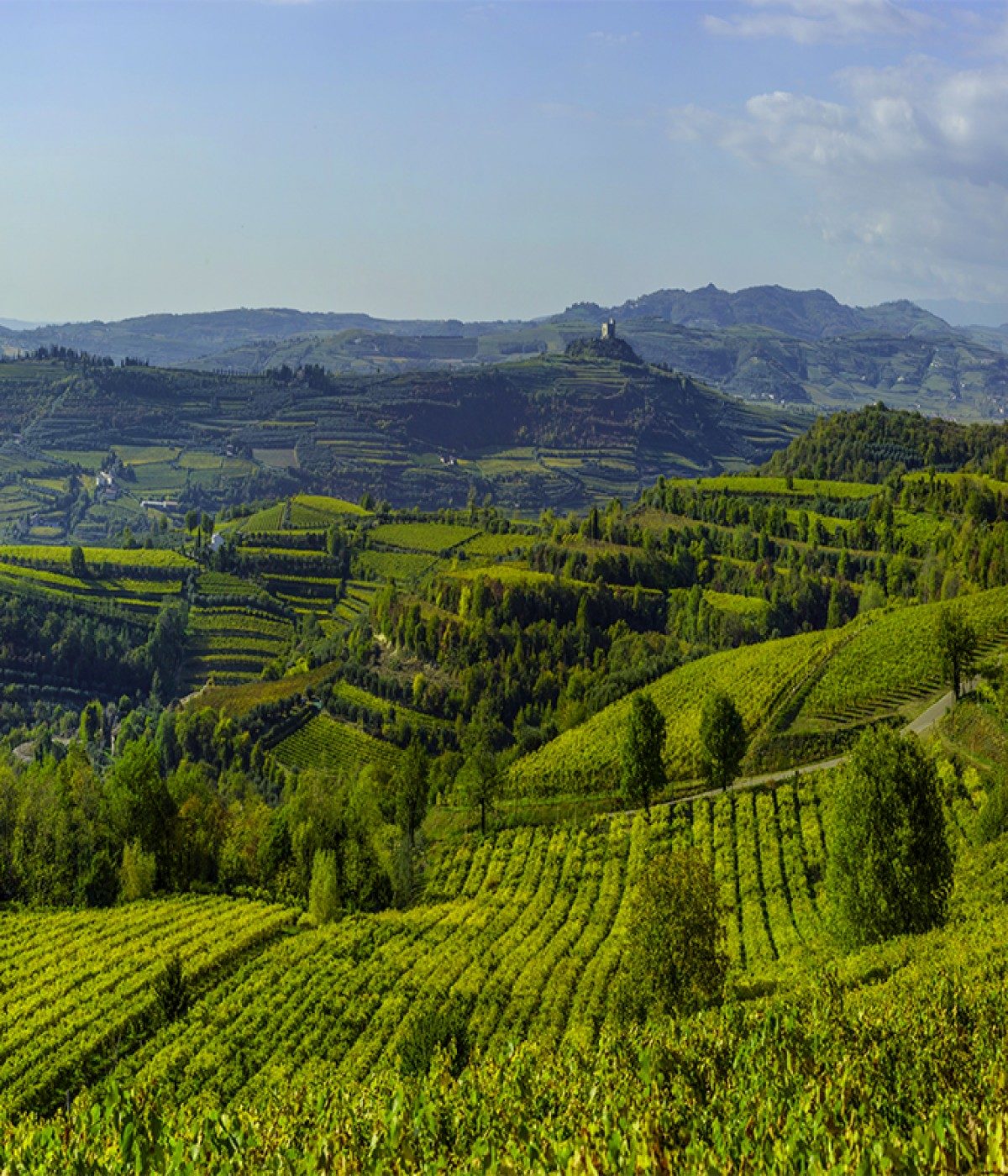Last week the Bourgogne Wine Board (BIVB) announced the exclusive Bourgogne Wines Cave de Prestige selection for 2019.
This year,1,528 samples were submitted for tasting, from vintages 2015 through to 2018. This represents a rise of 34% compared to 2018 and is perhaps not surprising given the very fine 2017 vintage from which 64% of submissions hailed. The 2017 vintage was more generous than 2016 for the majority of Bourgogne appellations, and 2018 looks to be promising.
Selected by a jury of experts 12% of the submissions were chosen, making a total of 191 wines. They will be showcased for one year, both in France and abroad, at marketing and training events for market influencers such as wine store owners, sommeliers, restaurateurs and journalists, and also for the general public through the École des Vins de Bourgogne.
There was a record number of submissions as follows: cooperative cellars 9%; négoce trade 13%; with estates making up the remaining 78%. Most of the 84 Bourgogne appellations were represented, from Régionale wines to Grand Crus.
The winning list will follow shortly.





